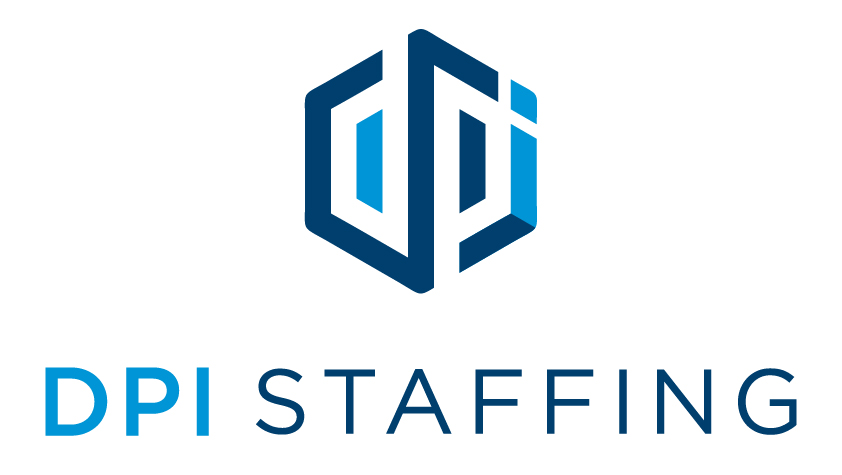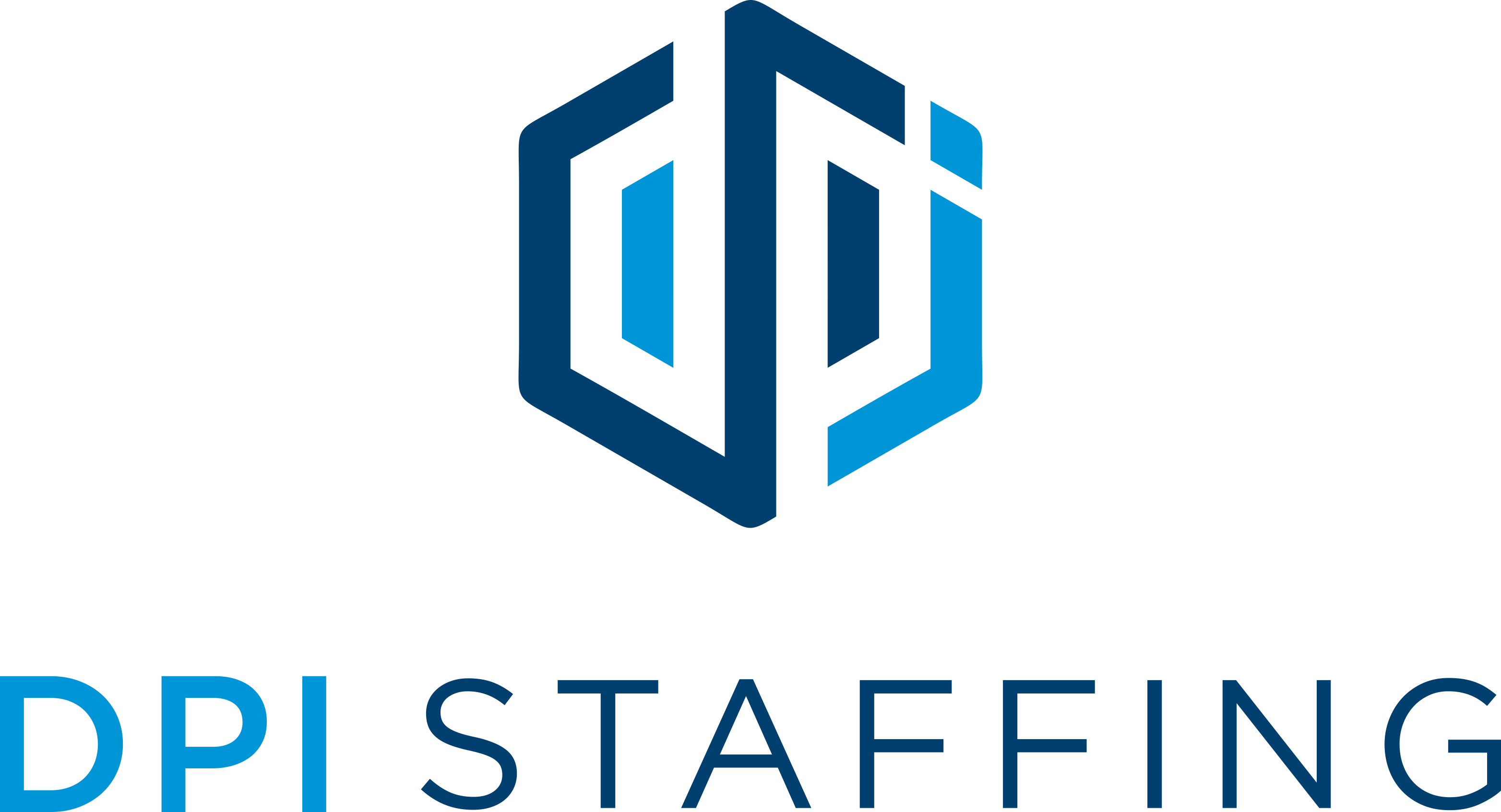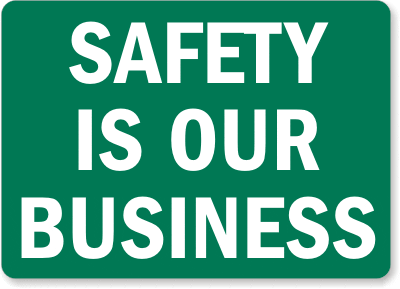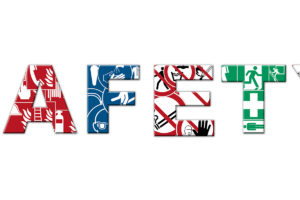According to the calendars, at least, it’s springtime, and that means it’s the beginning of busy season for temporary staffing firms. The busy season means more customers will come on board, which means more associates to place, which means more potential for injury if your safety program isn’t up to speed. So, how about a little spring cleaning of safety for temporary staffing firms?
Here are some tips on how to ‘scrub’ your safety program and make sure you’re ready to roll before the busy time begins:
» Renew Your Safety Committee Membership.
Make sure that you have members on your safety committee that represent a good cross section of all of your relevant departments. And ensure that they all know when and where they meet. Ideally, your safety committee should meet at least once a month. At meetings, review past incidents and accidents to determine the root cause, review and update policies, and ensure that all safety trainings performed by both the temporary staffing firm and the customer are relevant and thorough.
» Review Your Own OSHA 300 Report.
According to OSHA, the Log of Work-Related Injuries and Illnesses (Form 300) is used to classify work-related injuries and illnesses and to note the extent and severity of each case. Reviewing a temporary staffing firm’s 300 Report, as well as a sampling of current or potential customers’ reports, is a great way to get into the practice of assessing how seriously an organization takes its safety program. Remember, OSHA says the party responsible for day-to-day supervision of temporary employees is responsible for reporting work-related injuries and illnesses on their 300 report.
» Update Your Safety-Associated Customer Policies.
Does your staffing firm have minimum guidelines for how your customers approach their safety program? Companies can’t outsource everything to a temporary staffing company — after all, they still have a facility that your associates need to work in. Take a moment to review all of your policies, and ensure that your customers understand who is responsible for what.
» Practice Customer Safety Audits.
Similar to reviewing customer policies and OSHA 300 logs of your customers, your Sales Team and Employment Specialists should practice reviewing customer facilities to assess the environment your associates will be working in. Have members of your safety committee point out what to look for, what questions to ask, and red flags for each job and/or industry your staffing firm works with.
» Revise Associate Safety Training Materials.
Finally, ensure that all of your safety training materials for your associates are up to date. Ensure that they’re translated into appropriate languages, and communicate clearly how to operate safely. After all, without a safe environment for your associates, no one can be successful!
Take a little time to make sure everyone is clear on the guidelines, behaviors, and rules, and you’ll find that the upcoming busy season is as productive and incident-free as can be.





